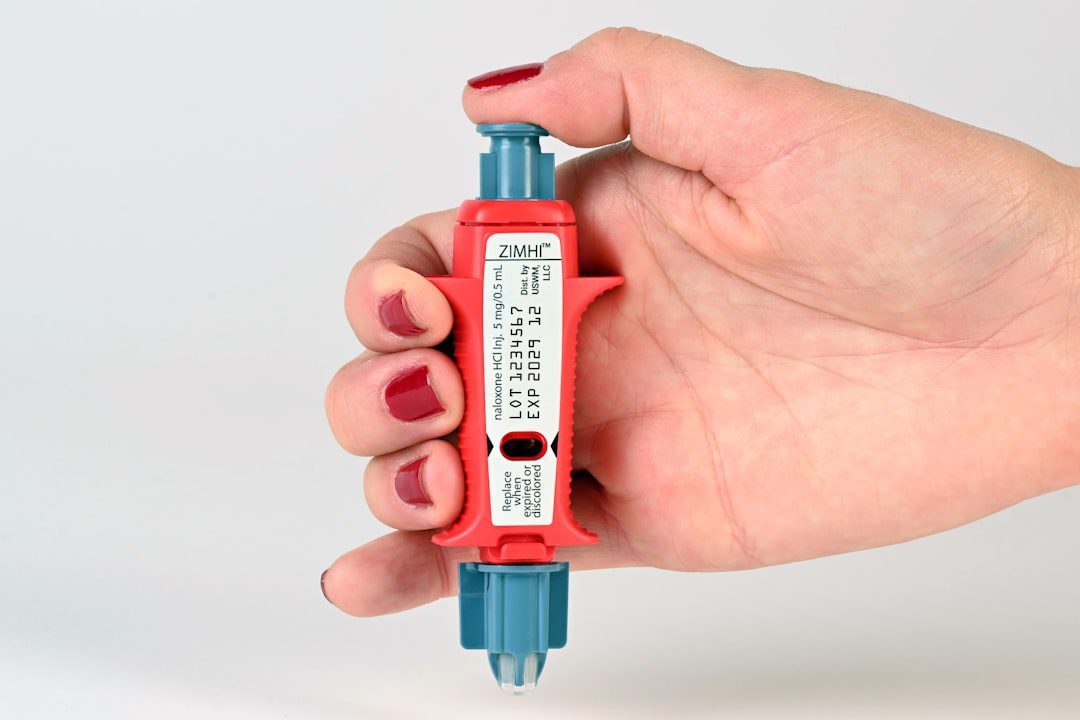
FDA Issues Early Alert for Baxter Infusion Pump Safety Concern
The FDA has issued an early alert regarding a safety issue with Baxter infusion pumps as part of its Communications Pilot to Enhance the Medical Device Recall Program. This development represents a significant shift in how the FDA communicates device safety information to healthcare providers and manufacturers, offering earlier notification of potential safety concerns before formal recall classifications are finalized.
Understanding the FDA’s Enhanced Communication Strategy
The Communications Pilot represents the FDA’s commitment to improving the timeliness and effectiveness of medical device safety communications. Traditional recall processes can take weeks or months to complete all regulatory steps, potentially leaving healthcare providers and patients at risk during the interim period.
Key features of this enhanced approach include:
- Expedited notifications: Early alerts provide immediate safety information while formal recall processes are underway
- Improved transparency: Healthcare facilities receive critical safety information without waiting for complete regulatory review
- Enhanced patient protection: Faster communication enables quicker risk mitigation measures
Why This Matters for Medical Device Manufacturers
This early alert system has significant implications for medical device manufacturers across all device categories, not just infusion pump manufacturers. The pilot program signals the FDA’s intention to accelerate safety communications, which means manufacturers must be prepared for:
Faster Response Requirements
Manufacturers may need to respond more quickly to safety concerns as the FDA moves toward real-time communication strategies. This requires robust post-market surveillance systems and rapid response capabilities.
Enhanced Post-Market Vigilance
The early alert system underscores the critical importance of comprehensive post-market surveillance programs. Manufacturers must have systems in place to quickly identify, assess, and communicate safety issues to the FDA.
Improved Risk Management Processes
Companies should review their ISO 14971 risk management processes to ensure they can rapidly assess the clinical significance of device issues and implement appropriate risk mitigation measures.
Essential Action Items for Compliance
Medical device manufacturers should take immediate steps to align with this evolving regulatory landscape:
1. Strengthen Post-Market Surveillance Systems
Review and enhance your post-market surveillance procedures per 21 CFR 806 and ISO 13485 requirements. Ensure your systems can rapidly detect, analyze, and report safety trends.
2. Update Recall Procedures
Revise internal recall procedures to accommodate faster FDA communications. Your recall team should be prepared to respond within hours rather than days when early alerts are issued.
3. Enhance Customer Communication Capabilities
Develop robust communication channels with your customers to ensure rapid dissemination of safety information. Consider automated notification systems for critical safety updates.
4. Review Quality Management Systems
Ensure your ISO 13485 quality management system includes procedures for rapid response to regulatory communications and customer safety notifications.
Infusion Pump Manufacturers: Specific Considerations
For infusion pump manufacturers, this alert serves as a reminder of the heightened regulatory scrutiny on these critical care devices. Key focus areas should include:
- Software validation and cybersecurity measures
- Alarm system functionality and reliability
- User interface design and usability testing
- Integration with electronic health record systems
Looking Forward: Preparing for Enhanced FDA Communications
The Communications Pilot represents a broader trend toward more agile and responsive regulatory oversight. Manufacturers should view this as an opportunity to demonstrate proactive safety leadership rather than merely reactive compliance.
Success in this environment requires a shift from traditional compliance mindsets to proactive safety cultures that prioritize early detection and rapid response to potential safety issues.
By embracing these enhanced communication protocols, medical device manufacturers can better protect patients while maintaining regulatory compliance and market access in an increasingly dynamic regulatory environment.


No comments yet. Be the first to comment!